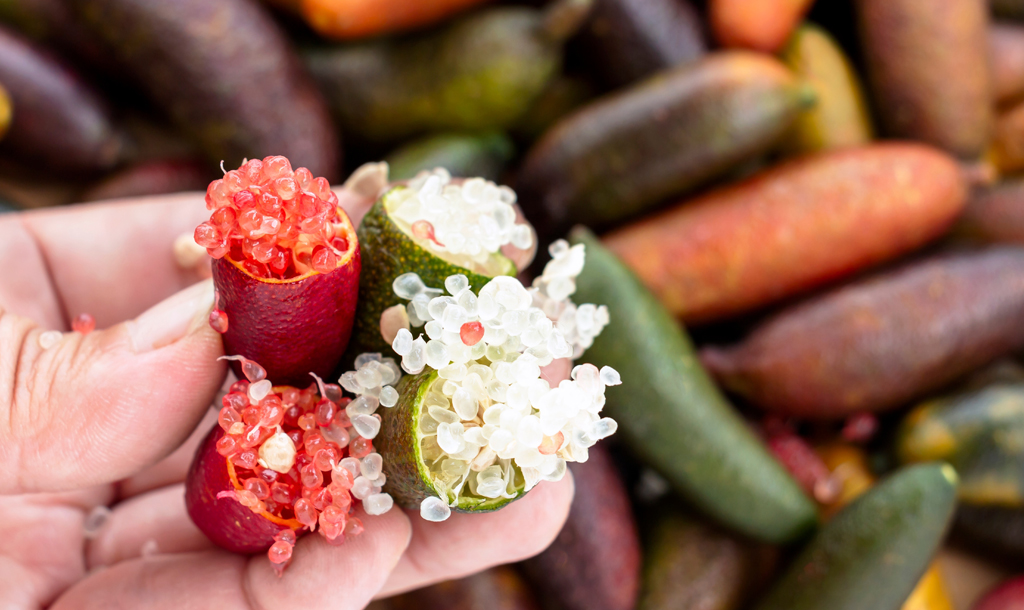
Introduction to Native Australian Ingredients
Australia, a land of diverse ecosystems and unique wildlife, is also home to an extraordinary variety of native plants and herbs. These ingredients, once overlooked, are now experiencing a renaissance in the culinary world; thanks to their unique flavours and nutritional benefits. And the allure lies in their ability to transform a simple dish into something extraordinary.
Five Must-Try Native Australian Ingredients
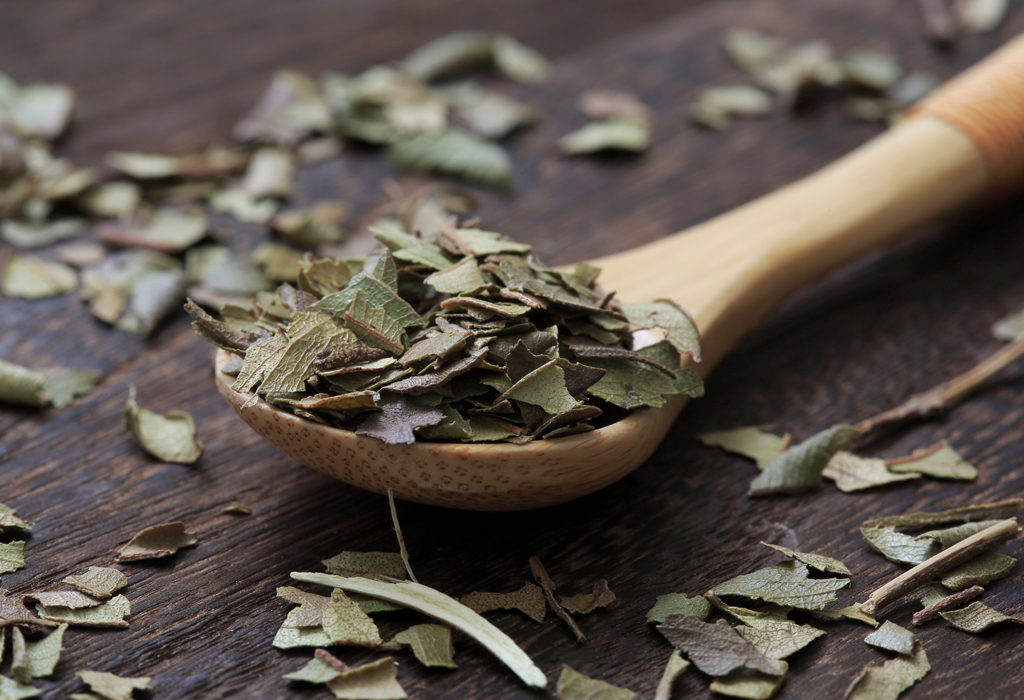
Lemon Myrtle
This boasts a refreshing citrus scent and flavour, even more potent than that of lemongrass and lemon zest. Its leaves are used to add a robust lemony tang to desserts, teas, and savoury dishes alike.
Wattleseed
With its nutty, coffee-like flavour, it’s both sweet and savoury. Ground into flour, it’s used in baking bread, or cakes. But equally delicious in creating rich, aromatic sauces that complement meats and vegetables.
Finger Lime
The caviar of the citrus world adds a unique pop of flavour and texture to dishes. Its small, pearl-like bubbles pop with a sharp and tangy flavour, making it a great topping for seafood, salads, and drinks. It adds both a beautiful look and an exciting taste.
Kakadu Plum
This humble fruit has the highest vitamin C level of any fruit, making it extremely nutritious and full of flavour. Its sour, fruity taste is great for improving the flavour of jams, desserts, and sauces, adding both a unique taste and health benefits.
Bush Tomato
With its strong sun-dried tomato and caramel flavour, this is perfect for chutneys, sauces, and to use as a seasoning.
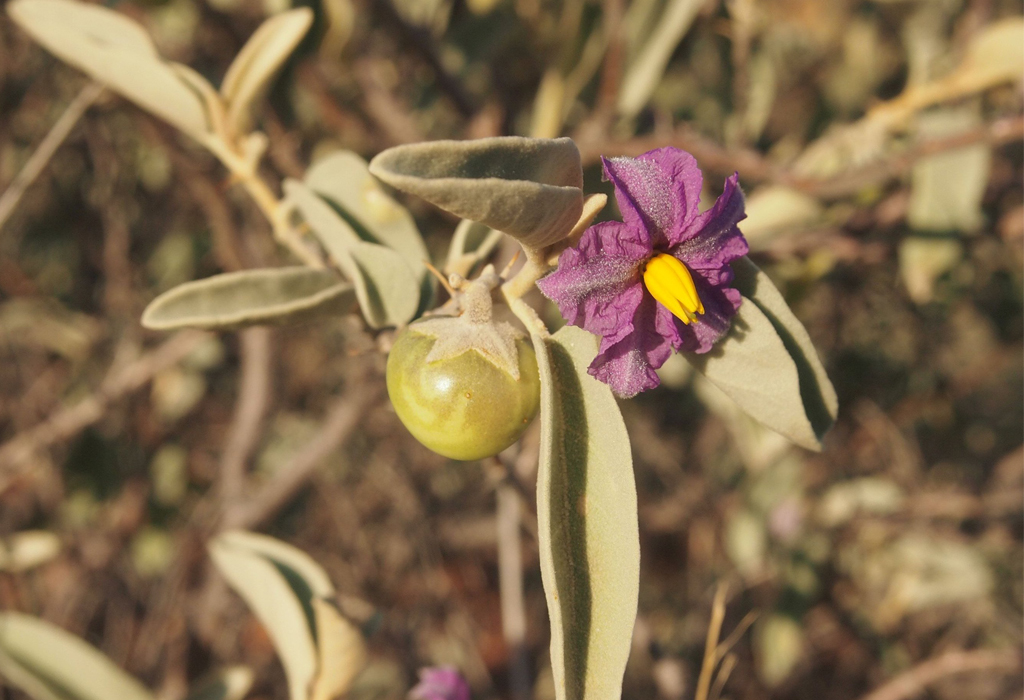
Incorporating Native Ingredients into Everyday Cooking
Incorporating native Australian ingredients into your daily cooking can be easy. The trick is to start small, gradually integrating these flavours into meals you already love. Here are some practical tips to help:
- Start with Simple Swaps
Begin by substituting common herbs and spices with their native counterparts. For instance, replace regular lemon zest with Lemon Myrtle in your baking or tea, or use Wattleseed instead of cocoa powder for a unique twist on chocolate desserts. These simple swaps not only introduce you to new flavours but also add a distinctly Australian touch to your dishes. - Experiment with Marinades and Dressings
Native ingredients can transform marinades and dressings, giving them a fresh and exciting profile. Try adding ground Bush Tomato to your next BBQ marinade or sprinkle Finger Lime pearls over salads for a burst of citrusy zest. These small additions can dramatically change the flavour dynamics of your meals. - Focus on Complementary Flavours
Consider the base flavours of your dishes and choose native ingredients that complement or enhance those tastes. For example, the nutty, coffee-like flavour of Wattleseed pairs beautifully with beef or lamb, adding depth and richness. Similarly, the tartness of Kakadu Plum can cut through the sweetness of desserts, providing balance and complexity.
What to cook with native Australian herbs
Lemon Myrtle Grilled Chicken
Marinate chicken breasts in a mixture of Lemon Myrtle, garlic, olive oil, and a hint of honey for a zesty and aromatic main course. Grill to perfection and serve with a side of fresh salad tossed with Finger Lime dressing for a refreshing meal.
Wattleseed Chocolate Brownies
Enhance your favourite brownie recipe with a tablespoon of ground Wattleseed. Not only does it introduce a subtle coffee-like flavour, but it also adds an Australian twist to this classic dessert. Serve with a scoop of vanilla ice cream and a drizzle of Kakadu Plum syrup for an unforgettable treat.
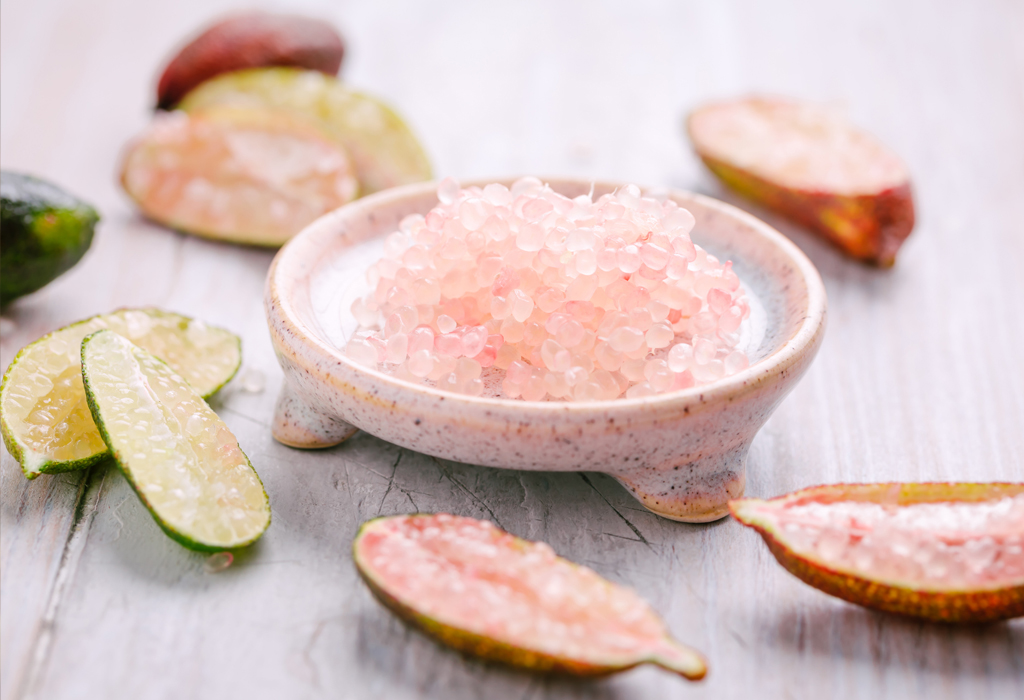
Supporting Indigenous Businesses
One of the most impactful ways to ensure ethical consumption of native ingredients is by choosing products from Indigenous-owned businesses. This not only helps in preserving Aboriginal and Torres Strait Islander peoples’ traditional knowledge and cultural heritage but also contributes to their economic empowerment. By doing so, you’re not just buying ingredients; you’re investing in the stories, traditions, and futures of Australia’s First Nations communities.
Sustainable Harvesting Practices
Sustainability is key to protecting Australia’s rich biodiversity. Opt for suppliers who use sustainable harvesting methods that ensure the long-term health and viability of native plant species. This includes practices that prevent over-harvesting, promote biodiversity, and support the natural regeneration of ecosystems. By choosing sustainably sourced ingredients, you’re contributing to the conservation of Australia’s unique flora and fauna for future generations.
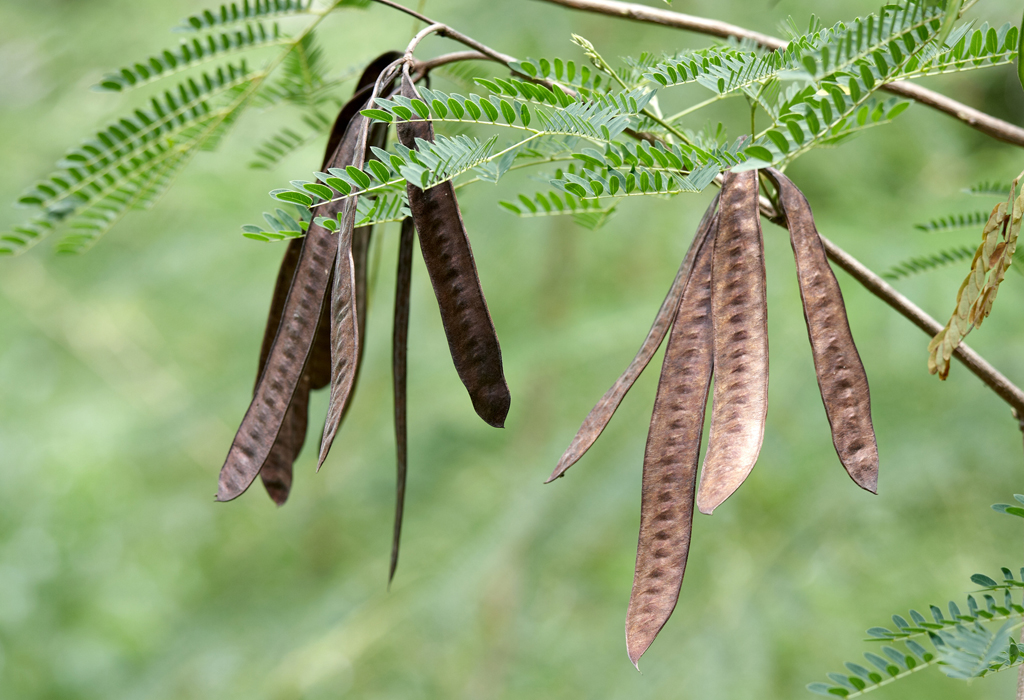
Educate and Share
As you explore and experiment with native Australian ingredients, share your discoveries and the importance of ethical sourcing with friends, family, and social networks. Education is a powerful tool in promoting cultural appreciation and environmental stewardship. By spreading the word, you can help increase demand for sustainably sourced, Indigenous-produced ingredients, fostering a more ethical and sustainable food system.
The journey into cooking with native Australian ingredients is a meaningful connection to the land, its history, and its people. By embracing these unique flavours, you’re not only enriching your palate but also supporting sustainable practices and the cultural heritage of Indigenous Australians. Let each dish be a celebration of Australia’s incredible biodiversity and an act of respect towards the traditional custodians of the land.
